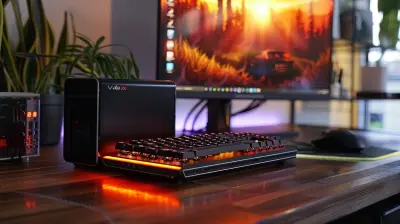How Game Physics Impact Realism in War Simulators
19 October 2025
When it comes to war simulators, there's nothing more immersive than feeling like you're part of the action. Whether you're commanding troops in a large-scale battle or piloting a fighter jet through hostile skies, the lifelike experience can make or break the game. A key ingredient in cooking up this immersion? Game physics. Yep, the magical sauce that determines how objects move, interact, and respond to forces in the digital realm is a major player in how real—or not—war simulators feel. So, how exactly do game physics impact realism in these games? Buckle up, because we’re diving headfirst into the fascinating world of game mechanics.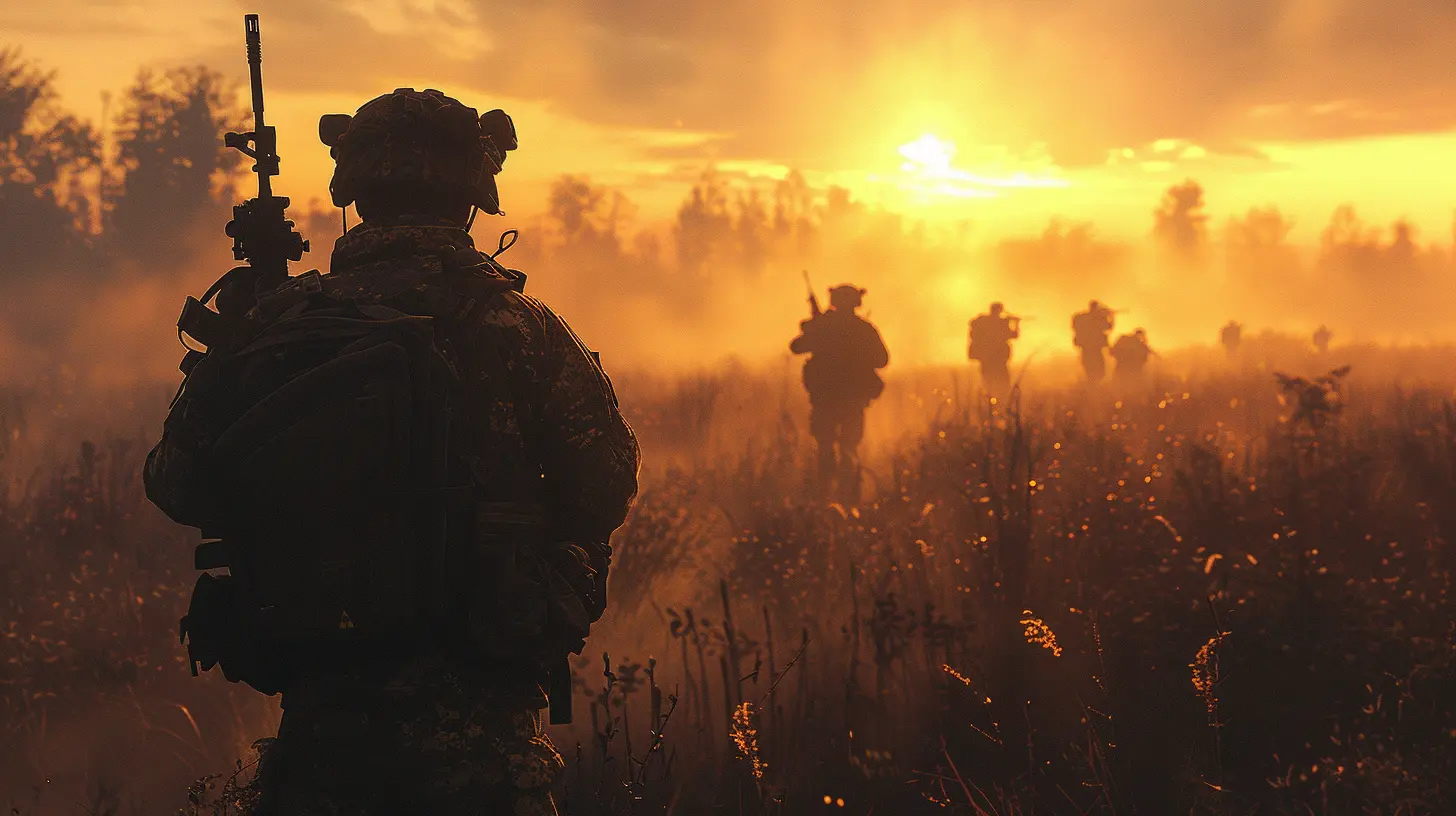
What Are Game Physics?
Before we get into the nitty-gritty, let’s lay a bit of groundwork. Game physics is essentially the set of rules or algorithms that dictate how objects behave in a virtual world. Think of it as the laws of nature but for video games. It decides everything from how bullets fly, to how buildings crumble, and even how jeeps bounce over rocky terrain. Pretty cool, right?In war simulators, these physics systems take on the Herculean task of mimicking real-world behaviors. It’s one thing to shoot a ball into a basketball hoop in a game, but it’s on a whole different level to simulate the reciprocal forces in a tank shell explosion or the aerodynamics of a fighter jet. Precision and attention to detail are everything here.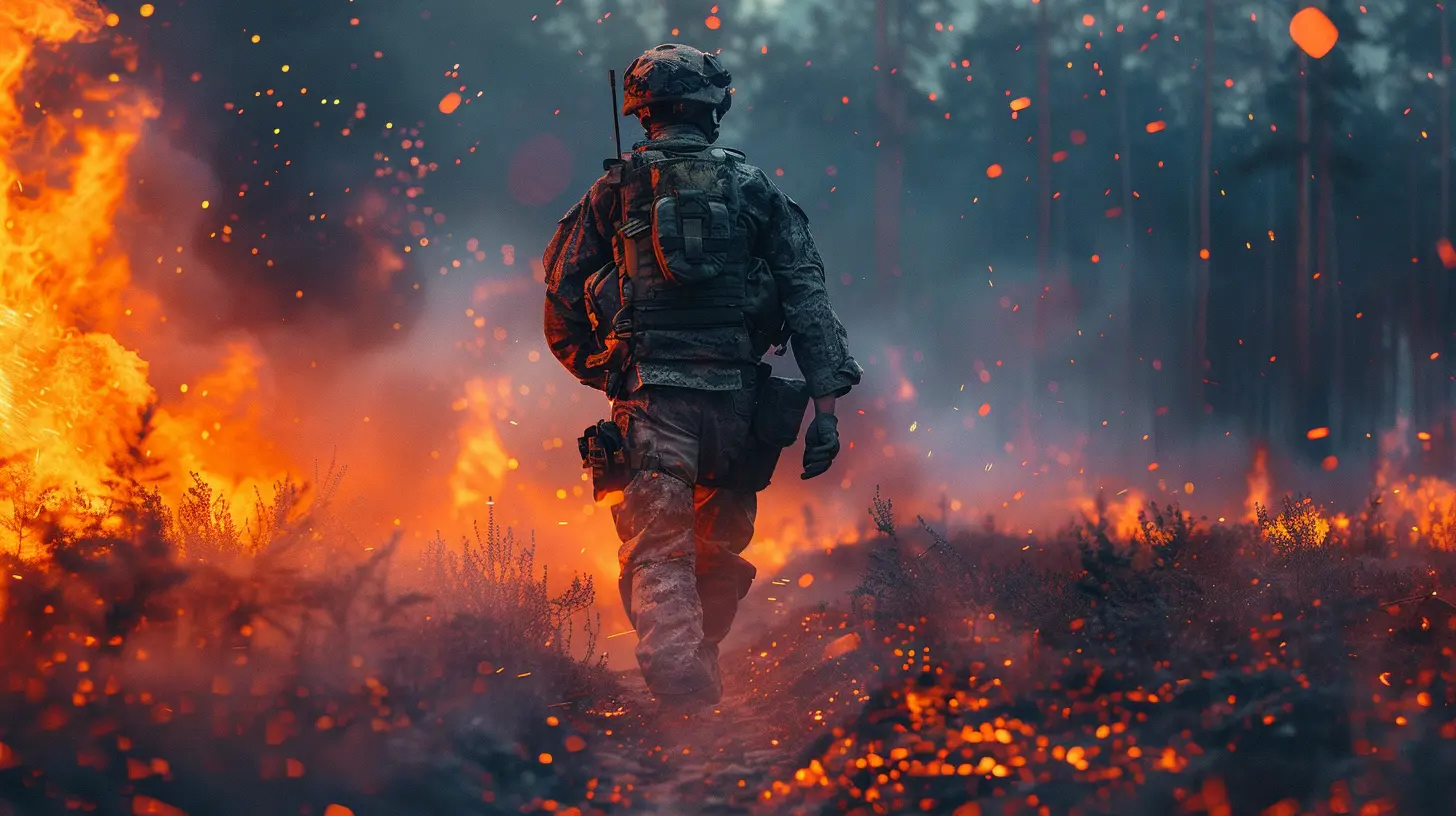
Why Realistic Physics Matter in War Simulators
So, why the fuss about realism? Couldn’t we just slap some basic motion on objects and call it a day? Well, sure, but here’s the thing—war simulators are all about immersion. The goal is to make the player feel like they’re in the thick of it, coordinating military operations or surviving intense combat.Imagine firing a bazooka in a game, and the explosion barely moves anything nearby. Or worse, an enemy tank starts flipping through the air like a pancake because of a bug. Not exactly confidence-inspiring, huh? Realistic physics anchor the experience in believability. They act like the invisible thread tying the game together, making you feel like everything happening on the screen actually makes sense.
The Emotional Connection to Realism
Let’s be real—human brains can sniff out fakery better than you’d think. Even if you don’t consciously notice, unrealistic physics can break the spell of immersion. War simulators are often meant to evoke a sense of tension, responsibility, or even fear. And those emotions rely on the environment feeling plausible. If a grenade explodes and nothing reacts the way it should, it’s like a record scratch that yanks you out of the moment.On the flip side, when game physics nail it, you feel every recoil of the rifle, every tremor of an incoming airstrike, and every jolt of landing a helicopter. It’s like the game is speaking your brain’s language.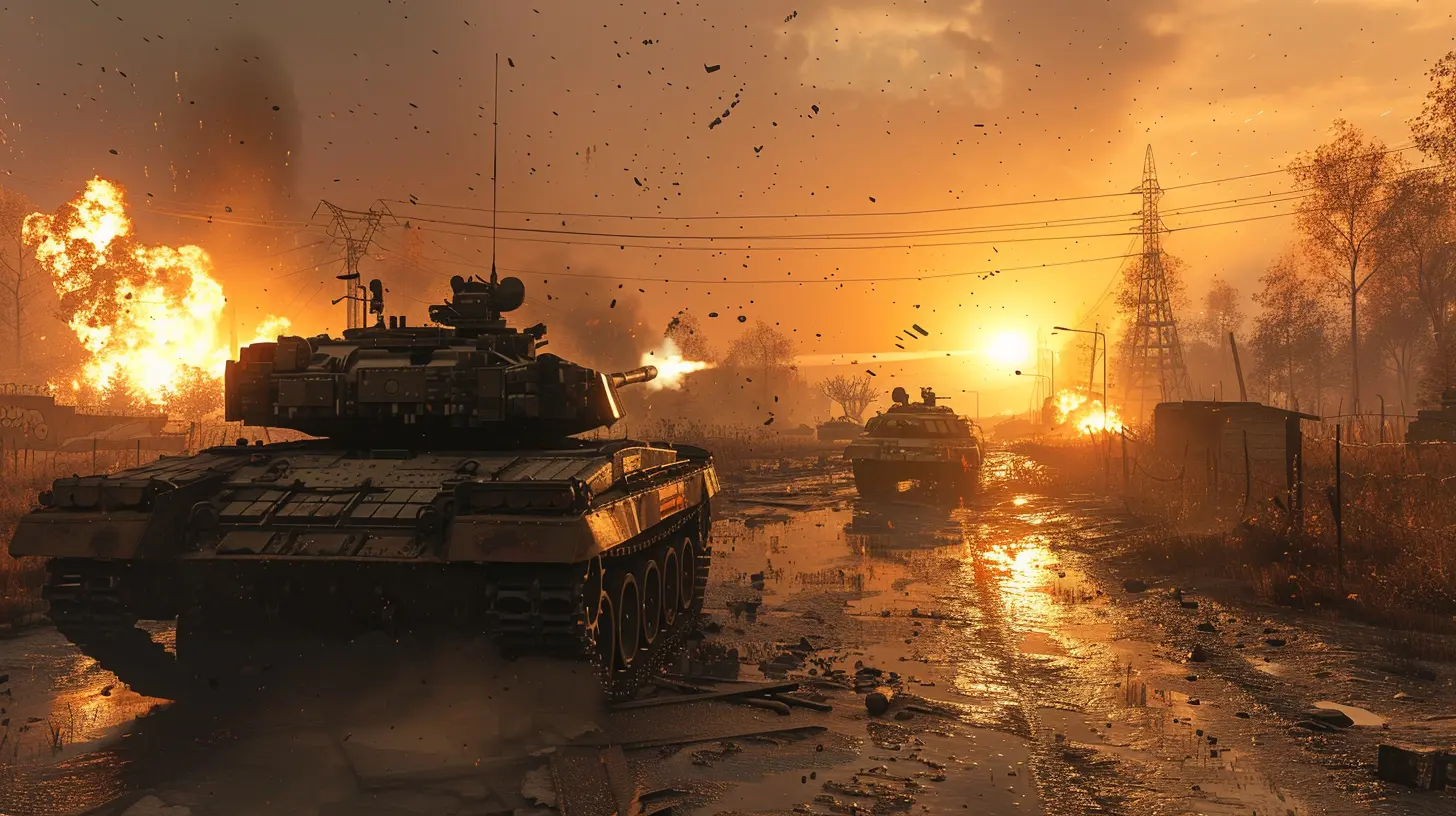
The Building Blocks of Realistic Game Physics
Now that we know why realism matters, let’s get into what makes it happen. Spoiler alert: there’s a lot of science and engineering under the hood. Here are some key elements game developers focus on:1. Rigid Body Dynamics
This is basically a fancy term for how solid objects interact. In war simulators, it determines things like how tanks roll across uneven terrain or how buildings collapse under bombardment. Want to see an enemy aircraft carrier sink realistically? Rigid body dynamics make it happen.2. Projectile Physics
Whether you’re sniping an enemy at 500 meters or calling in an artillery strike, projectile physics play a crucial role. Realistic war simulators take into account bullet drop, air resistance, and even factors like wind speed. Ever wondered why sniping feels so satisfying in some games? That’s because the physics nails how a bullet travels across distances.3. Explosions
Who doesn’t love a good explosion, right? But in war simulators, explosions aren’t just eye candy—they’re functional. A realistic explosion requires simulating pressure waves, debris trajectories, and fire propagation. The way objects in the blast radius move is key to making it feel authentic.4. Environmental Interactions
The battlefield is seldom a static space. Trees sway with the wind, mud splashes underfoot, and vehicles skid on icy roads. These little details might seem small, but they add up to create a layered, dynamic experience.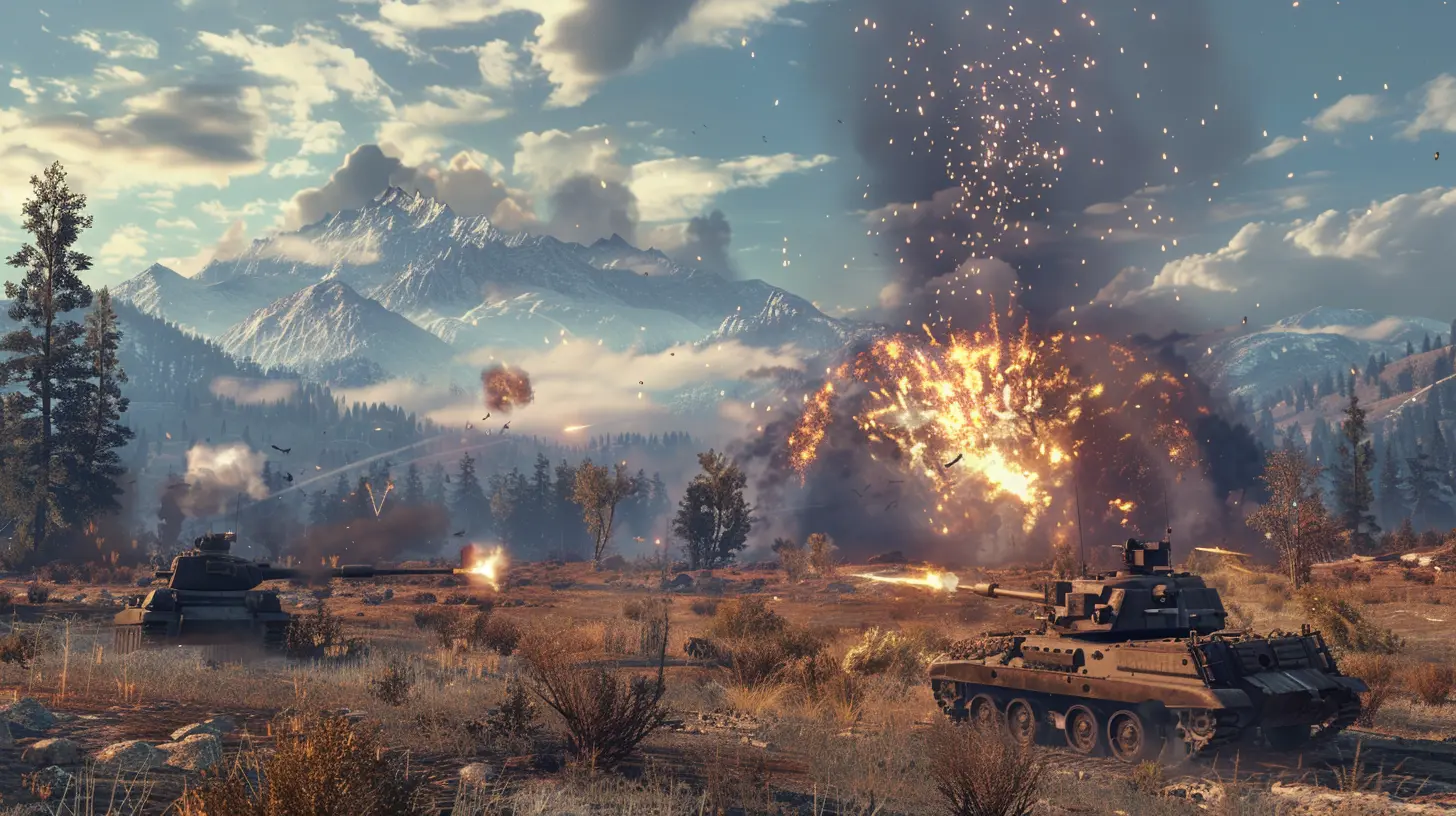
How Game Physics Enhances Tactical Gameplay
Alright, we get it—realistic physics make everything look and feel better. But did you know that they also impact how you play? Yep, the same systems that make a tank feel weighty also influence the strategies you use. Let’s break it down.Positioning and Cover
Imagine you’re pinned down by enemy fire in a war simulator that uses stellar physics. You can’t just crouch behind a flimsy wooden crate and expect to be safe. High-quality game physics account for the material strength of objects. That means weaker materials might splinter or break when hit by bullets or explosions, forcing you to think twice about your positioning.Destructible Environments
Now, here’s where things get spicy. Games like "ARMA" or "Battlefield" have revolutionized tactical thinking with destructible environments. Got an enemy in a sniper perch? Just knock the building down. Realistic destruction enabled by physics makes you rethink your approach to combat scenarios.Vehicle Handling
Driving a jeep through rugged terrain during an intense battle is no walk in the park. Realistic vehicle physics add purpose and weight to how you maneuver. Skidding on wet mud or struggling to climb steep slopes feels more challenging—and satisfying—when the physics are spot-on.Challenges in Developing Realistic Physics for War Simulators
Of course, making all this happen is easier said than done. Creating realistic physics for war simulators is no cakewalk, and developers face plenty of hurdles.Processing Power
Simulating real-world physics takes a ton of computational resources. Every shattered piece of debris, every bullet trajectory, and every vehicle's movement requires heavy calculations. Achieving realism without tanking the game’s performance is a delicate balancing act.Player Expectations
Gamers are a tough crowd. A system that feels too simplistic risks breaking immersion, but one that's overly complicated might frustrate casual players. Walking that fine line is a challenge for developers.Cost and Time
Let’s not forget that developing advanced physics systems is incredibly costly and time-consuming. Studios might spend years fine-tuning core mechanics, and getting it wrong could kill the game’s reputation.Examples of War Simulators Nailing Physics
Want to see this stuff in action? Some games absolutely crush it when it comes to realistic physics. Let’s give props where it’s due:- "ARMA 3": Known for its ultra-realism, this military simulator incorporates everything from bullet dynamics to destructible buildings.
- "Squad": A tactical FPS that focuses heavily on teamwork and realistic physics to deliver an immersive experience.
- "Battlefield" Series: The destruction physics are so satisfying that you’ll want to blow things up just to watch them crumble.
- "War Thunder": This game’s attention to detail in vehicle physics, especially aircraft and tanks, is unmatched.
The Future of Game Physics in War Simulators
As technology continues to evolve, the future looks pretty bright for war simulators. With advancements in hardware like GPUs and CPUs, developers are pushing the boundaries of what’s possible. Expect to see even more detailed destruction systems, hyper-realistic fluid simulations, and perhaps even real-time weather impact on the battlefield.Who knows? Maybe one day, we’ll have war simulators so advanced that they’ll feel indistinguishable from reality. Kinda trippy to think about, isn’t it?
Final Thoughts
At the end of the day, game physics is the unsung hero of war simulators. It’s what makes these games not just fun but believable. From the way bullets fly to how buildings crumble, realistic physics immerse you in the chaos and intensity of battle. They make you think, adapt, and feel like you’re really part of the mission. So, the next time you’re ducking for cover or piloting a tank, take a second to appreciate all the work that went into making those moments feel real.all images in this post were generated using AI tools
Category:
War GamesAuthor:

Pascal Jennings
Discussion
rate this article
1 comments
Mitchell McKay
Great article! It’s fascinating how game physics can elevate the realism in war simulators, making players feel like they're truly in the action. The attention to detail really enhances immersion. I love how small nuances can change the entire gameplay experience! Keep up the awesome work!
October 24, 2025 at 2:26 AM

Pascal Jennings
Thank you for your kind words! I'm glad you found the article insightful. Game physics truly play a vital role in enhancing immersion and realism in war simulators. Your feedback is much appreciated!


